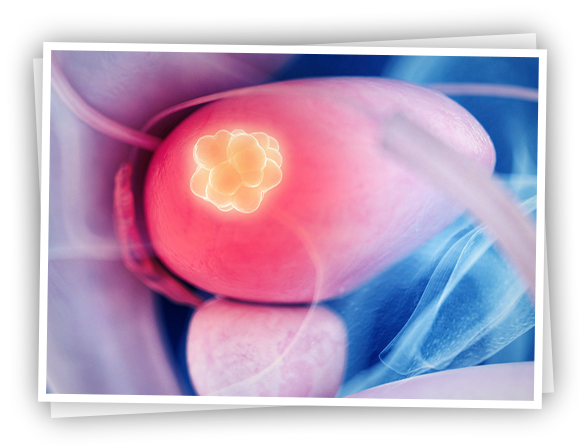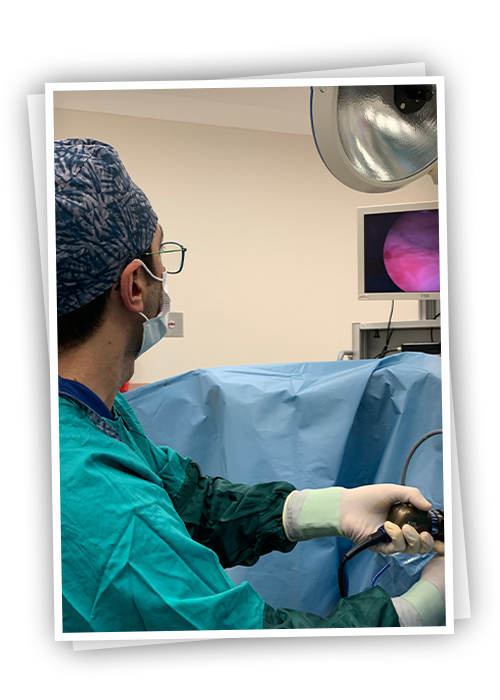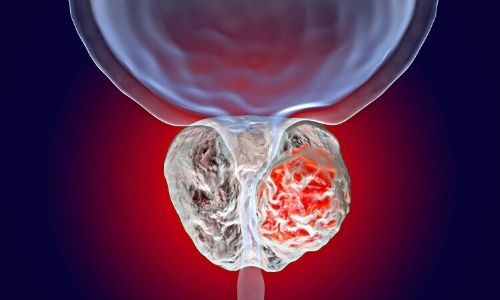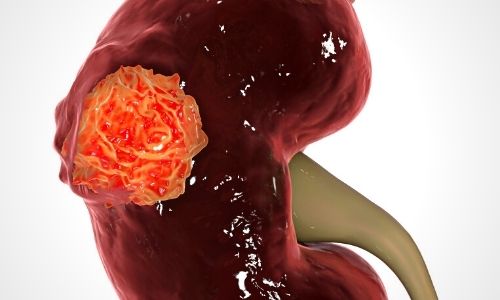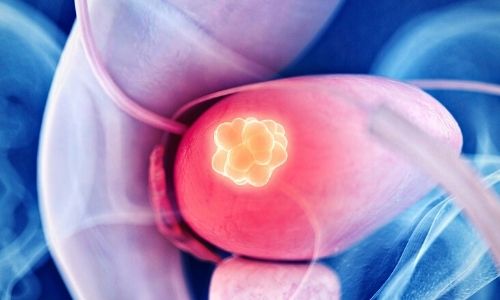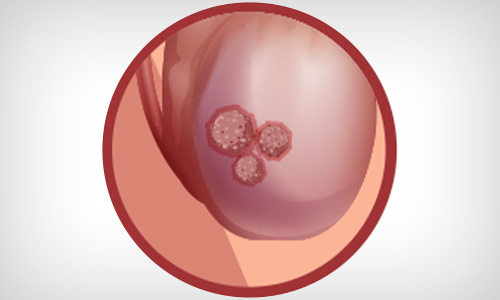Tumors that have not progressed to the muscle layers of the bladder are called superficial-muscular bladder cancer, and those that have advanced to the muscle and deeper layers are called muscle-invasive bladder cancer.
If superficial bladder tumors are non-aggressive (high grade), single and small tumor, if there is no tumor before, that is, if it is not a recurrent tumor, administration of drugs into the bladder after completely scraping the tumor with TUR-M is an adequate treatment. However, due to the risk of recurrence of the disease, it will be necessary to follow up, that is, to perform cystoscopy at certain intervals.
Aggressive (high grade), large tumors that involve the layer above the muscle layer (T1) will require re-scraping of the tumor area (re TUR-M) after 4-6 weeks. After this process, patients are given some drugs into the bladder to prevent recurrence or progression of the tumor.
As can be seen, many factors related to the patient and the tumor affect the treatment method. Even bladder removal surgery performed in muscle-invasive tumors can be performed in aggressive tumors that recur frequently, despite common, intravesical drugs given.
In tumors that have reached the muscle base but have not gone further, if the general condition of the patient is suitable for surgery, radical cystectomy is performed, in which the entire bladder is removed (including bladder, lymph nodes and prostate in men, uterus in women). After the bladder is removed, a new bladder is formed from the patient's intestines and the urinary channels (ureters) coming from the kidney are connected to this new sac. This urinary bladder is connected either to the normal external urinary tract (urethra) or to the skin on the side of the abdomen.
Patients with tumor spread in the lymph nodes after surgery may receive additional chemotherapy. Although it is not used in the routine, there is an option such as giving chemotherapy before surgery.
Chemotherapy and radiotherapy (radiation therapy) options are applied to patients who cannot undergo this major surgery due to additional diseases and risks. The patient's bladder is first rendered tumor-free by TUR-M surgery. Afterwards, the patient receives radiation therapy and chemotherapy.
When bladder cancer spreads to other organs, chemotherapy and radiotherapy are usually used. However, in patients with severe bleeding, bladder removal surgery (salvage cystectomy) can be performed, even if the cancer is not cured, in order to control the bleeding and improve the quality of life.
